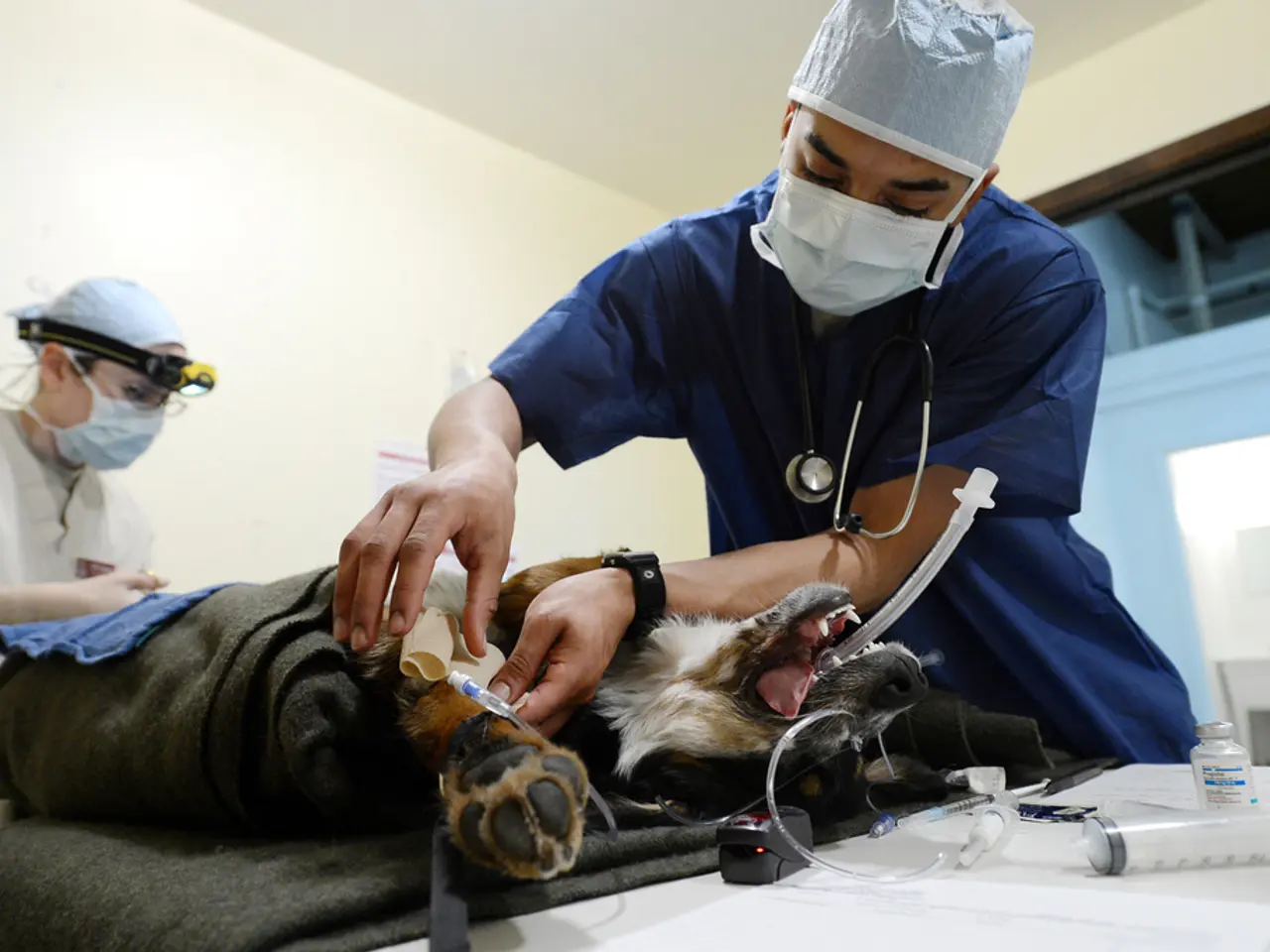Surgical alternatives and further information on Hidradenitis Suppurativa
In the world of dermatology, the decision-making process for treating Hidradenitis Suppurativa (HS) is a delicate balance, taking into account various factors to provide the best possible outcome.
The severity and extent of the disease play a pivotal role in determining the appropriate surgical treatment. For mild, localized lesions, less invasive techniques such as skin-tissue-sparing excision (STEEP) or deroofing (unroofing) may suffice. However, for severe, chronic, and extensive disease, particularly with interconnected sinus tracts and tunnels, wide surgical excision with the removal of all affected skin and subcutaneous tissue is often the standard approach. This may require complex reconstruction such as skin grafting or flap coverage to close large defects.
The anatomical location of the lesions also influences surgical planning. For instance, large defects in areas like the axillae or groin may be covered by local flap techniques or require split-thickness skin grafts.
Recurrence is a common challenge in HS, with simple incision and drainage of abscesses often ineffective due to high recurrence rates. Procedures that remove the diseased tissue, such as wide excision or deroofing, offer better long-term control.
Patient factors, such as comorbidities like obesity, diabetes, and smoking status, may impact wound healing and surgery risk. Optimizing medical treatment and making lifestyle changes, such as weight loss, before surgery are often recommended.
The choice of surgical procedure also considers the patient's general health and preferences, as well as the patient's response to previous treatments. Surgery is often reserved for patients who have failed medical therapy, including antibiotics, immunosuppressants, or laser treatment.
A multidisciplinary approach, often involving collaboration between dermatologists and plastic surgeons, is crucial in managing HS surgical cases. Optimizing perioperative care, including pain management, is essential to ensure a smooth recovery.
In the recovery phase, self-care is paramount. Managing leaking fluid, infection risk, and pain, maintaining a clean, moist wound through regular dressing changes are all crucial aspects of post-operative care.
Recent changes to Medicaid may offer coverage for HS treatments, particularly for moderate-to-severe cases. However, it's important to note that Medicare may require adding Medigap and prescription drug plans to supplement original Medicare coverage for HS treatments.
The road to recovery following HS surgery can be a long one, with the median healing time for hospitalized patients being 60 days, and those receiving outpatient care healing in approximately 40 days. Despite the challenges, a tailored approach to HS surgery, taking into account the unique aspects of each case, aims to maximize symptom control and minimize recurrence and complications.
[1] Kaufman, K. D., & Wolff, K. L. (2019). Fitzpatrick's dermatology in general medicine (8th ed.). McGraw-Hill Education. [2] Kopera, D., & Kopera, D. (2019). Dermatologic surgery: a comprehensive reference (6th ed.). Elsevier. [3] Rapp, M. D., & Rapp, M. D. (2015). Rapp's allergies in dermatology (6th ed.). Elsevier. [4] Schmults, C. D., & Feldman, S. R. (2015). Cutaneous surgery: a comprehensive guide (3rd ed.). Elsevier. [5] DermNet NZ. Hidradenitis suppurativa. Retrieved from https://www.dermnetnz.org/topics/hidradenitis-suppurativa/ [6] National Institute of Arthritis and Musculoskeletal and Skin Diseases. Hidradenitis suppurativa. Retrieved from https://www.niams.nih.gov/health-topics/hidradenitis-suppurativa/advanced






